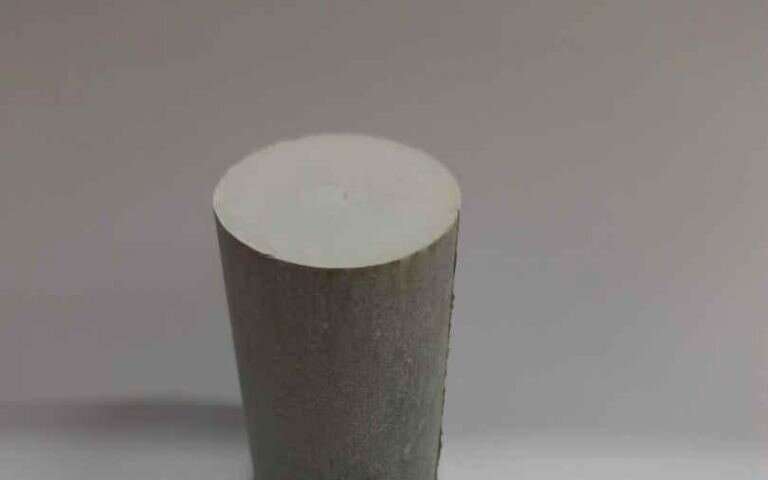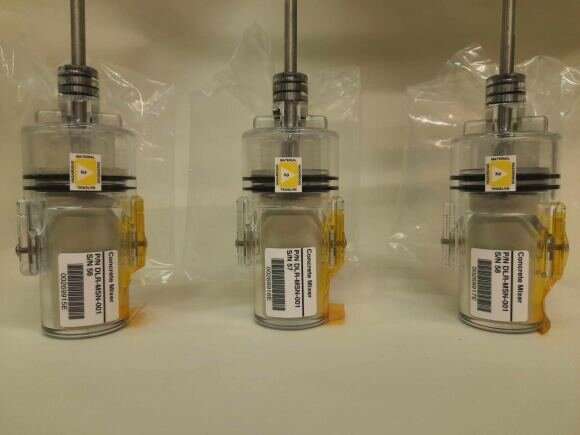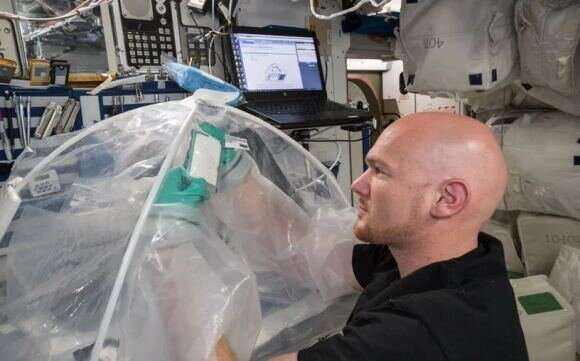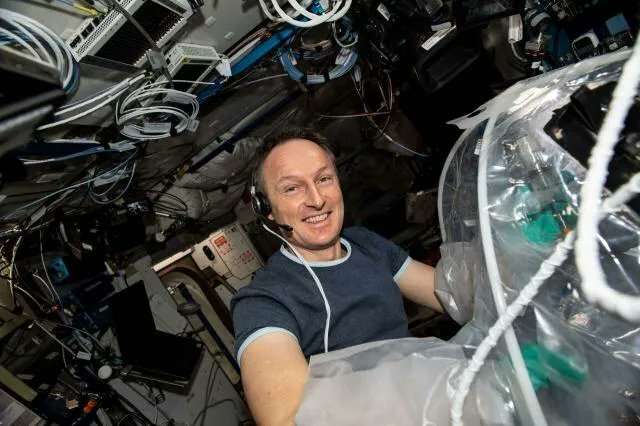Earth's gravity plays a major role in the concrete curing process. As that process can take weeks or months, it is infeasible to eliminate gravity's effects during that time anywhere on the Earth itself. Hence, the experiment aboard the ISS.
Outcomes of this research could lead to anything from more effective mixing strategies to better combinations of materials. But the genuine long-term interest might lie in using a concrete analog to construct space habitats themselves.
The primary concrete components aren't always available on Mars or the Moon, but a material with properties like concrete would be instrumental in building space habitats. The Cosmic Kiss experiment also dabbles in using lunar simulant as a feedstock for the concrete to understand if and how that material could be used to create a new, space-based brand of hardened material.

Here’s what the concrete looks like in the lab. It will be compared to the sample from ISS, which was cured in microgravity. Credit: Julian Mueller, University of Duisburg-Essen 
The hand-held concrete mixer used on the ISS. Credit: Julian Mueller, University of Duisburg-Essen 
Astronaut Alexander Gerst mixes concrete in a similar experiment back in 2019. Credit: NASA
This isn't the first time this experiment has been run—NASA experimented with concrete back in 2019. Its results informed the current test, with information about strength and curing time taken into account in the new experiment's design.
Whether or not the new experiments will result in anything so dramatic remains to be seen, but at the very least, scientists will have some new and novel data go mull over. And the ISS residents will likely have a floating ball of synthetic rock to take care of for a while.
Explore further

